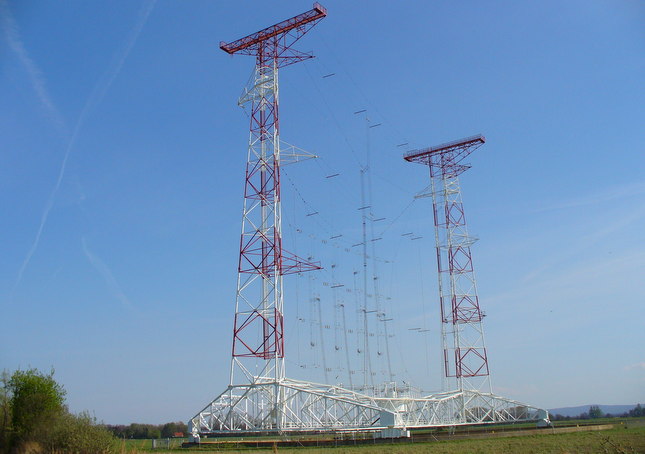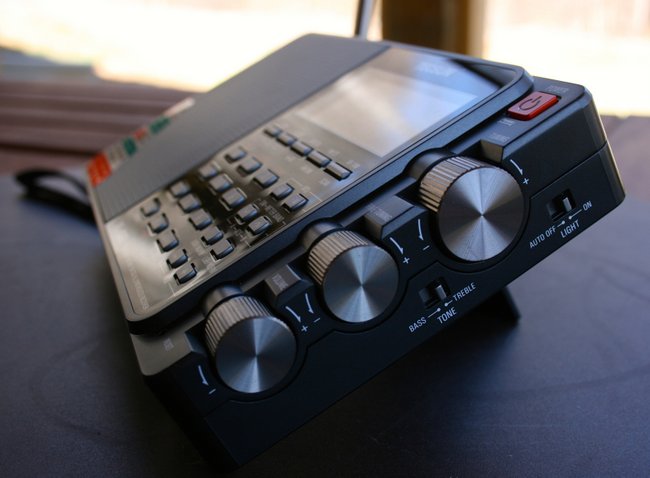Many thanks to SWLing Post contributor Michael (BD4AAQ), who shares the following announcement:
 Notice from Shanghai Coast Radio Station (XSG) on Hosting the Global Amateur Radio Communication Event
Notice from Shanghai Coast Radio Station (XSG) on Hosting the Global Amateur Radio Communication Event
Dear Amateur Radio Enthusiasts,
To celebrate World Radio Day and foster communication and interaction with amateur radio operators worldwide, Shanghai Coast Radio Station (XSG) is pleased to announce a global amateur radio communication event. The event will take place from 12 to 13 February 2025, using the station’s long-standing callsign, XSG.
Established in 1905, Shanghai Coast Radio Station celebrates its 120th anniversary this year. The station has used the callsign XSG ever since and, apart from the Global Maritime Distress and Safety System (GMDSS), has maintained Morse code telegraph services, preserving its historic significance and operational excellence.
Event Schedule:
The scheduled period will be from 00:00 UTC on 12 February 2025 to 24:00 UTC on 13 February 2025.
XSG Transmission Frequencies and Modes:
- 4105 KHz CW/A1A
- 6780 KHz CW/A1A
- 8502 KHz CW/A1A
- 12871.5 KHz CW/A1A
- 17103.2 KHz CW/A1A
Prior to the official event, intermittent schedule announcements will also be broadcast on the above frequencies.
XSG Receive Frequencies and Modes:
- 3521.3 KHz – 3526.3 KHz CW/A1A
- 7021.3 KHz – 7026.3 KHz CW/A1A
- 10121.3 KHz – 10126.3 KHz CW/A1A
- 14021.3 KHz – 14026.3 KHz CW/A1A
- 21021.3 KHz – 21026.3 KHz CW/A1A
QSL Confirmation:
Due to differing regulations set by amateur radio licensing authorities across the globe, XSG will only confirm amateur radio QSOs and SWL reports via paper QSL cards delivered by mail. If you wish to receive an XSG QSL card, please send your card to: No. 1 Diantai Road, Zhangjiang Town, Pudong New Area, Shanghai 201206, PR China. Email: [email protected].
Important Reminder:
To be clear, contacts with XSG will be cross-band contacts where XSG will operate on its authorized frequencies outside of the amateur radio bands, and any amateur radio operator making contact will operate within their own allocated amateur frequencies as listed above. Operators should exercise caution when operating split cross-band, ensuring they do not accidentally transmit on top of another station within the amateur bands. It’s a good practice to regularly monitor your transmit frequency.
Please note that amateur radio operators are not permitted to transmit on XSG’s dedicated frequencies. Operators must adhere to the transmission requirements in their respective licenses. It is recommended that amateur radio enthusiasts consult their national licensing authorities regarding applicable regulations before engaging in communications with XSG.
We warmly invite amateur radio operators worldwide to participate in this event and look forward to celebrating this milestone together.
Shanghai Coast Radio Station (XSG)
19 January 2025
Information provided by BD4AAQ (Michael Ye) and BH4BFS (Xusheng Niu)














